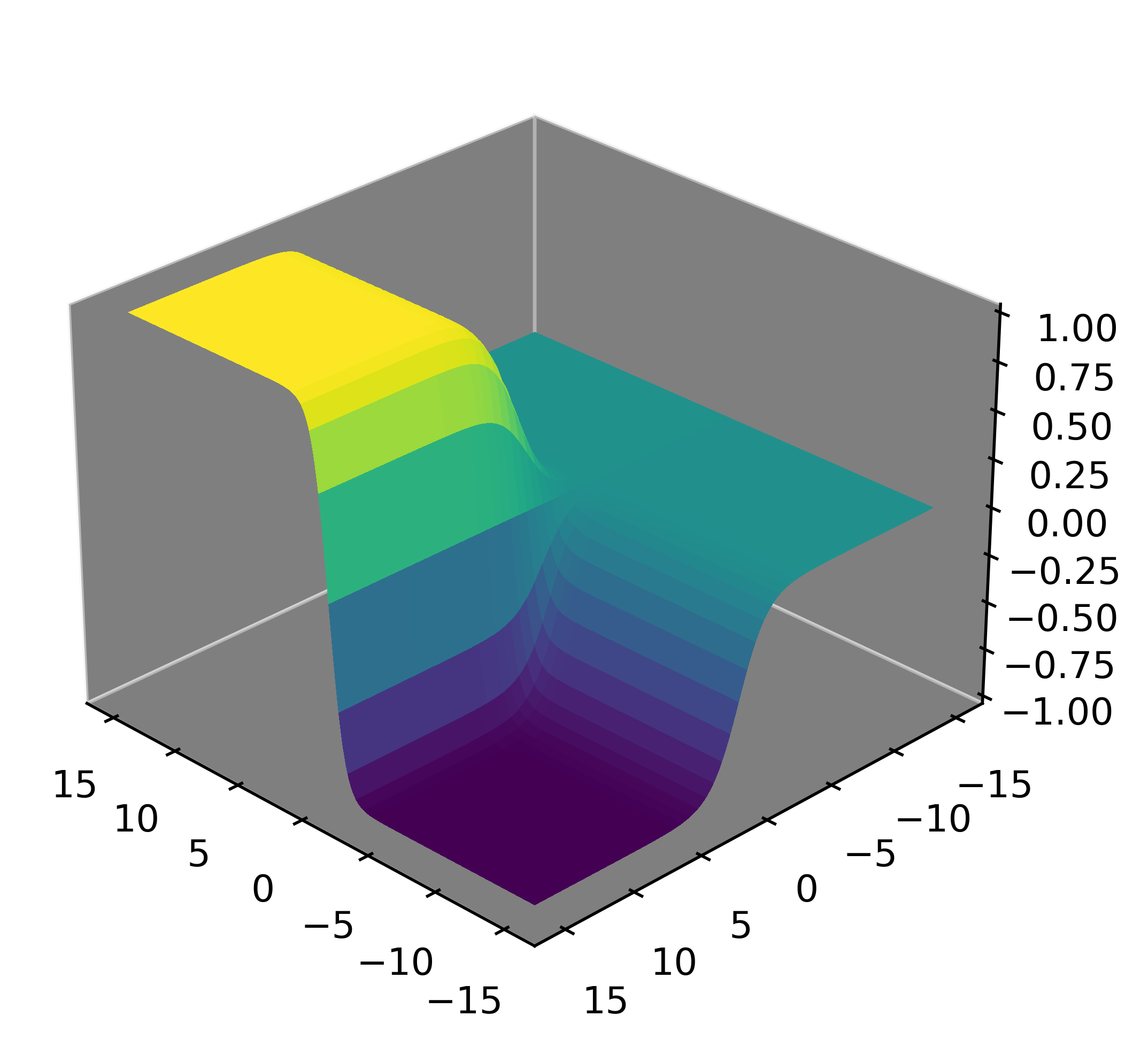Hill Space is All You Need
The constraint topology that transforms discrete selection from optimization-dependent exploration into systematic mathematical cartography

What if neural networks were excellent at math?
Most neural networks struggle with basic arithmetic. They approximate, they fail on extrapolation, and they're inconsistent. But what if there was a way to make them systematically reliable at discrete selection tasks? Is Neural Arithmetic as we know it a discrete selection task?
The Hill Space Discovery
When understood and used properly, the constraint W = tanh(Ŵ) ⊙ σ(M̂) (introduced in NALU by Trask et al. 2018) creates a unique parameter topology where optimal weights for discrete operations can be calculated rather than learned. During training, they're able to converge with extreme speed and reliability towards the optimal solution.
✅ What Hill Space Enables
- • Accuracy limited primarily by floating-point precision
- • Extreme extrapolation (1000x+ training range)
- • Deterministic convergence, immunity to overfitting
- • Trains in seconds/minutes on a consumer CPU
🎯 Enumeration Property
- • Calculate optimal weights rather than learn them
- • Direct primitive exploration through weight setting
- • Systematic cartography of discrete selection spaces
- • Linear scaling with target operations
Experience Hill Space: Interactive Primitives
It's difficult to imagine that neural arithmetic has such a simple solution. Play with these widgets to see how setting just a few weights to specific values creates reliable mathematical operations. Each primitive demonstrates machine-precision mathematics through discrete selection.
Additive Primitive
How matrix multiplication with specific weights performs mathematical operations
Exponential Primitive
How exponential primitives with specific weights perform operations
Unit Circle Primitive
How projecting inputs onto the unit circle allows for trigonometric operations
Trigonometric Products Primitive
How four fundamental trigonometric products enable trigonometric operations
The Problem: Optimization vs. Discrete Selection
Now that you've seen discrete weight configurations producing perfect mathematics, let's understand why this is remarkable. There's a fundamental tension between what neural network optimizers do naturally and what discrete selection requires.
🎯 Discrete Selection Needs
Mathematical operations require specific weight values:
[1, -1] → Subtraction
[-1, 0] → Negation
Stable operations emerge from specific weight configurations.
⚡ Optimizer Reality
Gradient descent learns unbounded weights:
[0.734, -7.812]
[-25.891, 24.956]
Optimizers need freedom to follow gradients anywhere.
Hill Space: Elegant Mapping Between Worlds
Hill Space—the constraint topology created by W = tanh(Ŵ) ⊙ σ(M̂)—maps any unbounded learned weights to the [-1,1] range, where stable plateaus naturally guide optimization toward discrete selections.
Unbounded Input
Optimizers learn any values they need: -47.2, 156.8, 0.001
Constraint Function
tanh bounds to [-1,1], sigmoid provides gating
Bounded Output
Maps to [-1,1] range, naturally converging toward discrete selections
Why This Matters
Ready to explore systematic discrete selection?
Dive into the paper for a detailed explanation of the Hill Space learning dynamics, a systematic framework for exploring new primitives and spaces, comprehensive experiments, and implementation details.